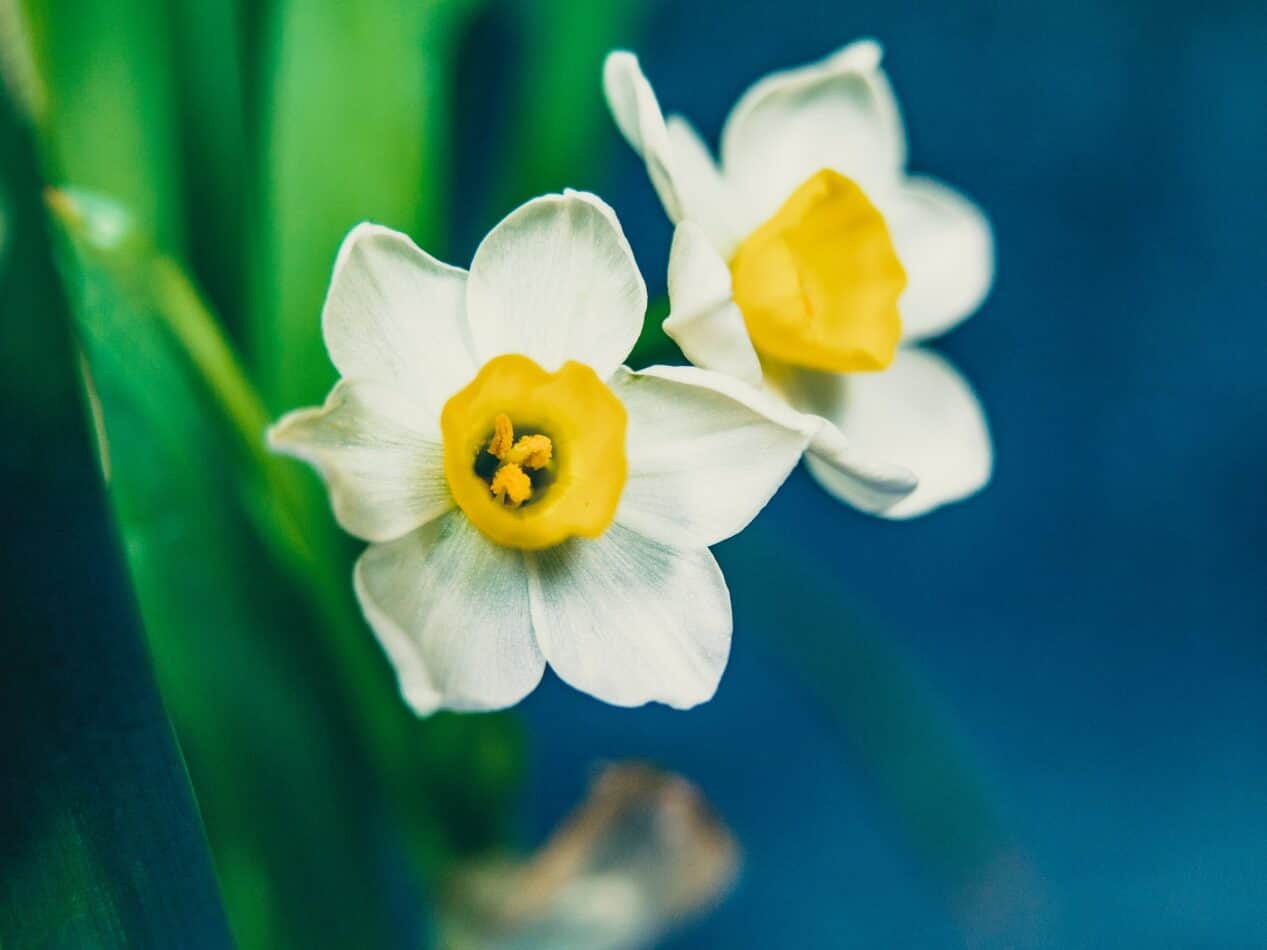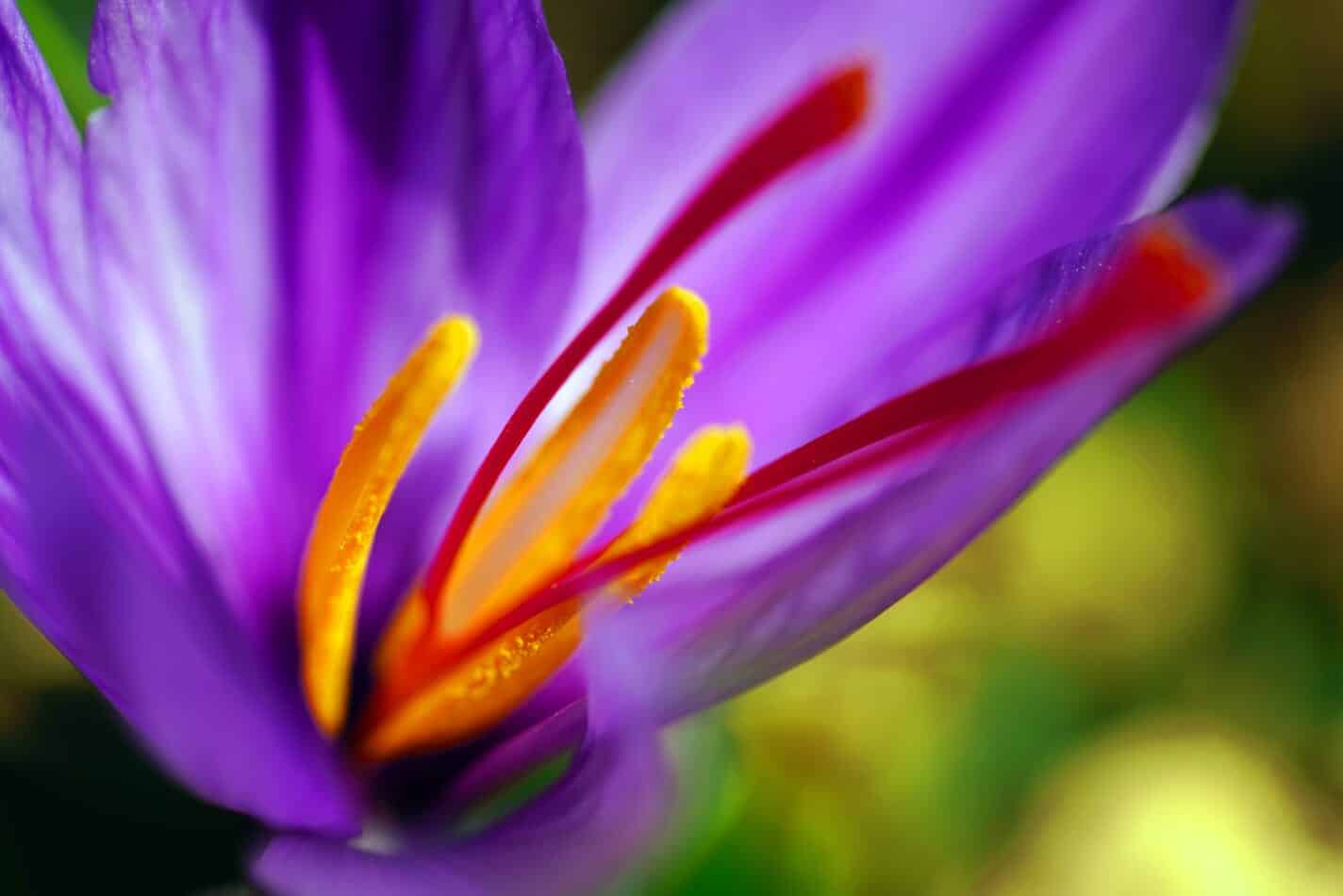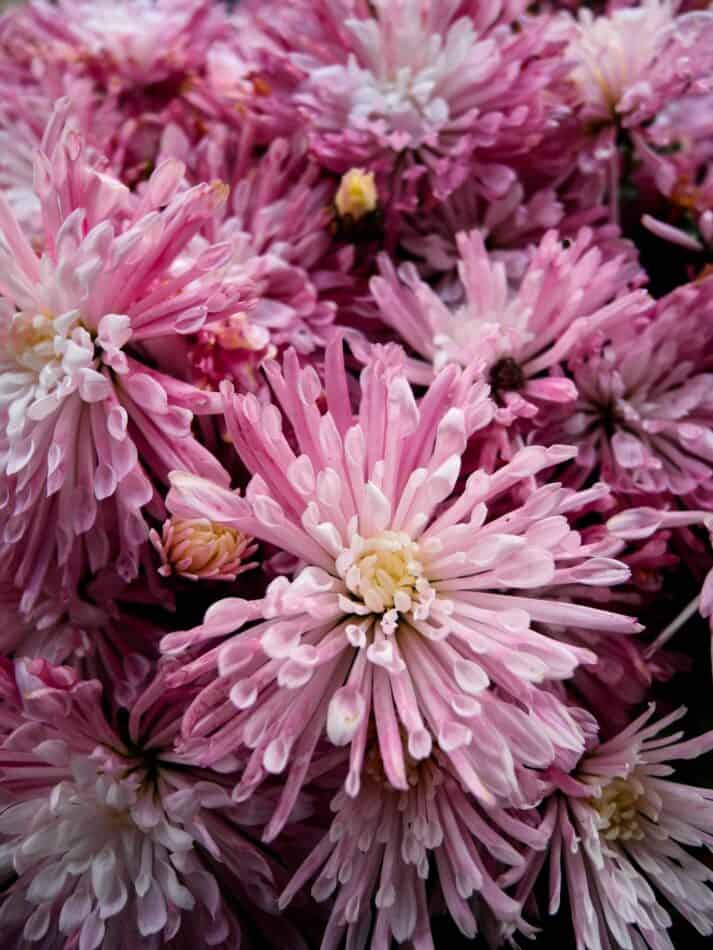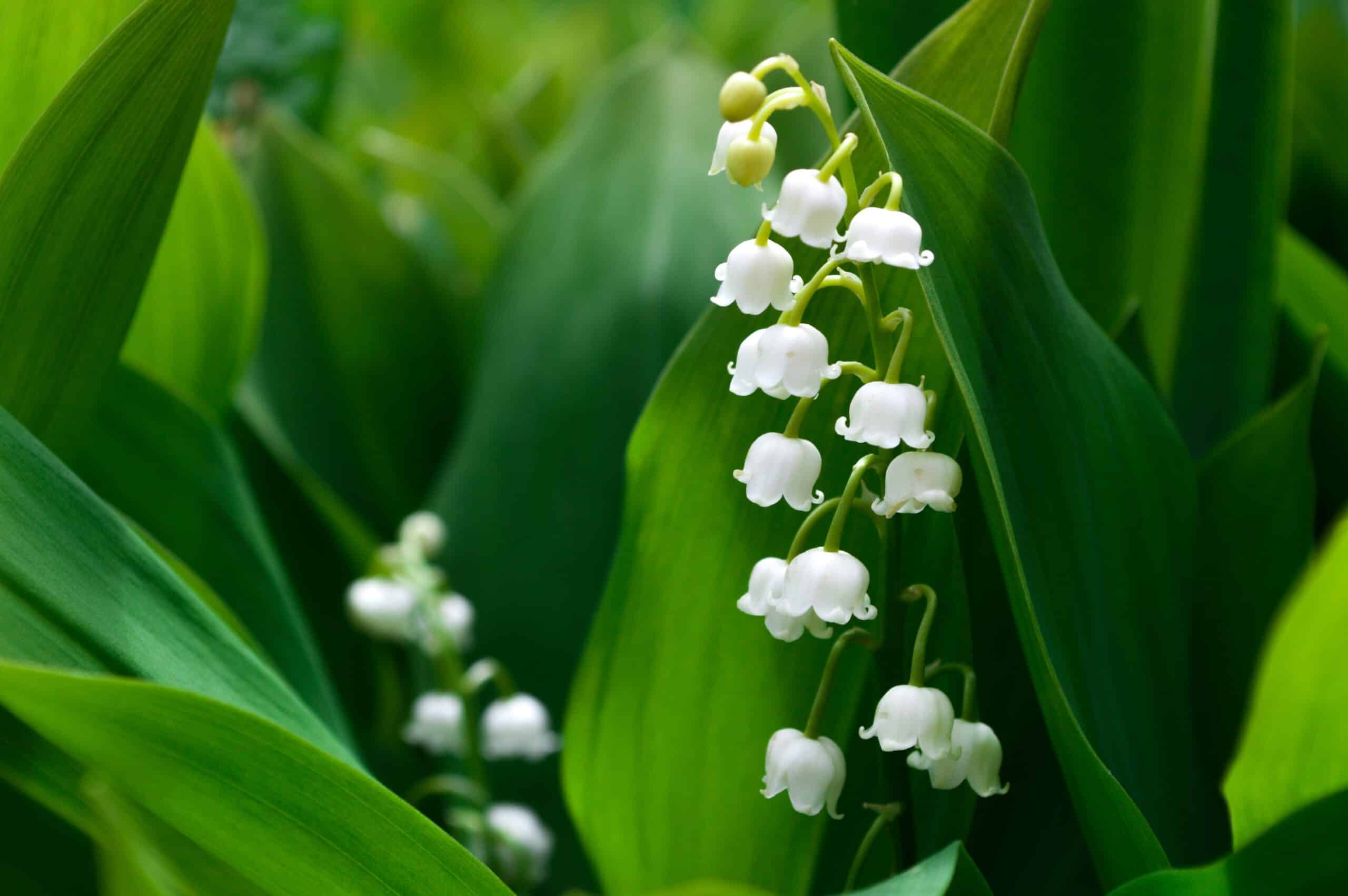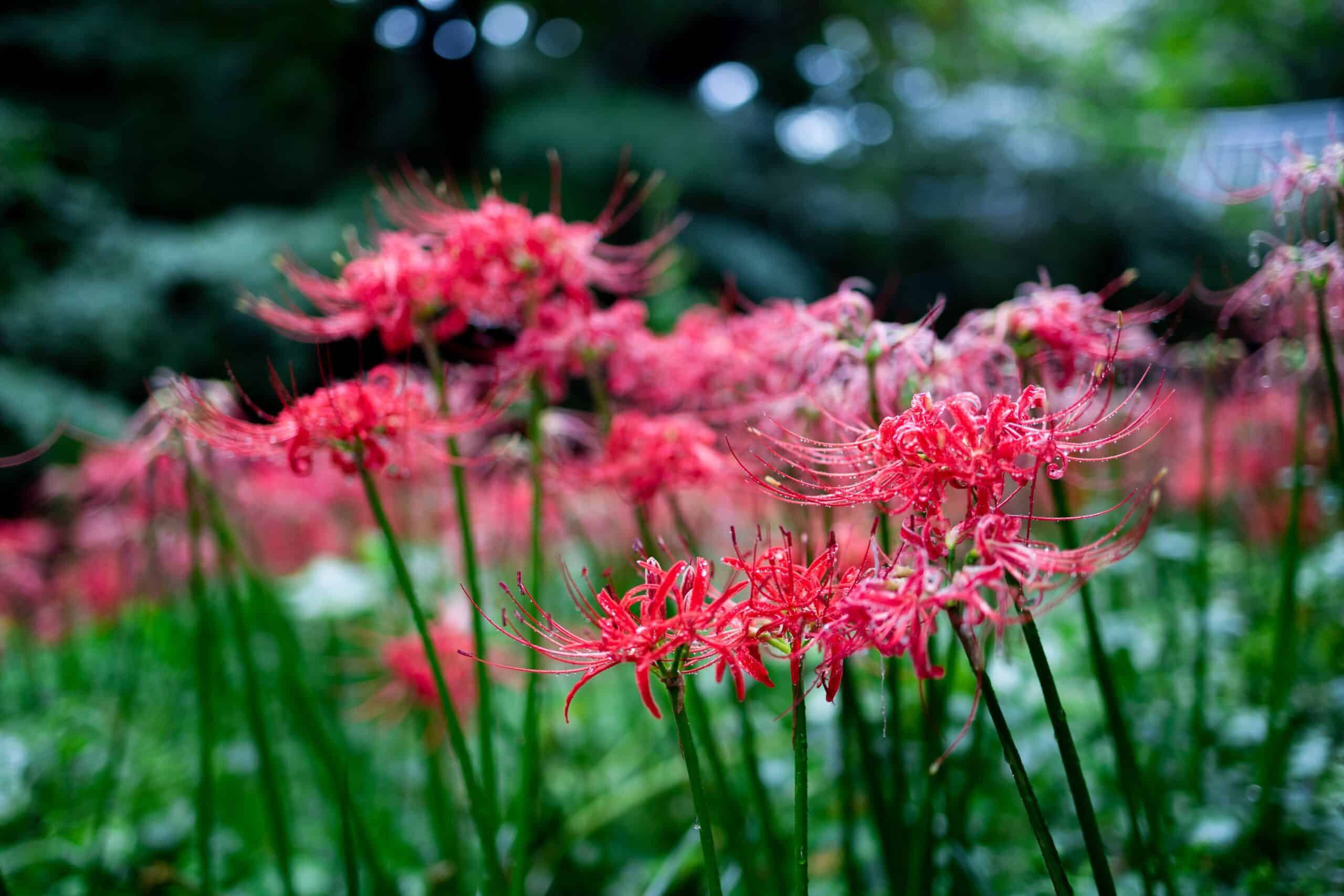Roses are the all-time favorite flower for growing at home and for good reasons. A rose bush is easy to grow, long-lasting, provides beauty, fragrance, it can be grown in-ground or in a container, and it also produces berries, called rose hips, that are rich in vitamin C and antioxidants.
A healthy rose bush planted in good soil receiving the right amount of sun exposure will produce fragrant blooms for decades. Use these tips on how to grow roses so you can enjoy all the benefits these hardy bushes have to offer.
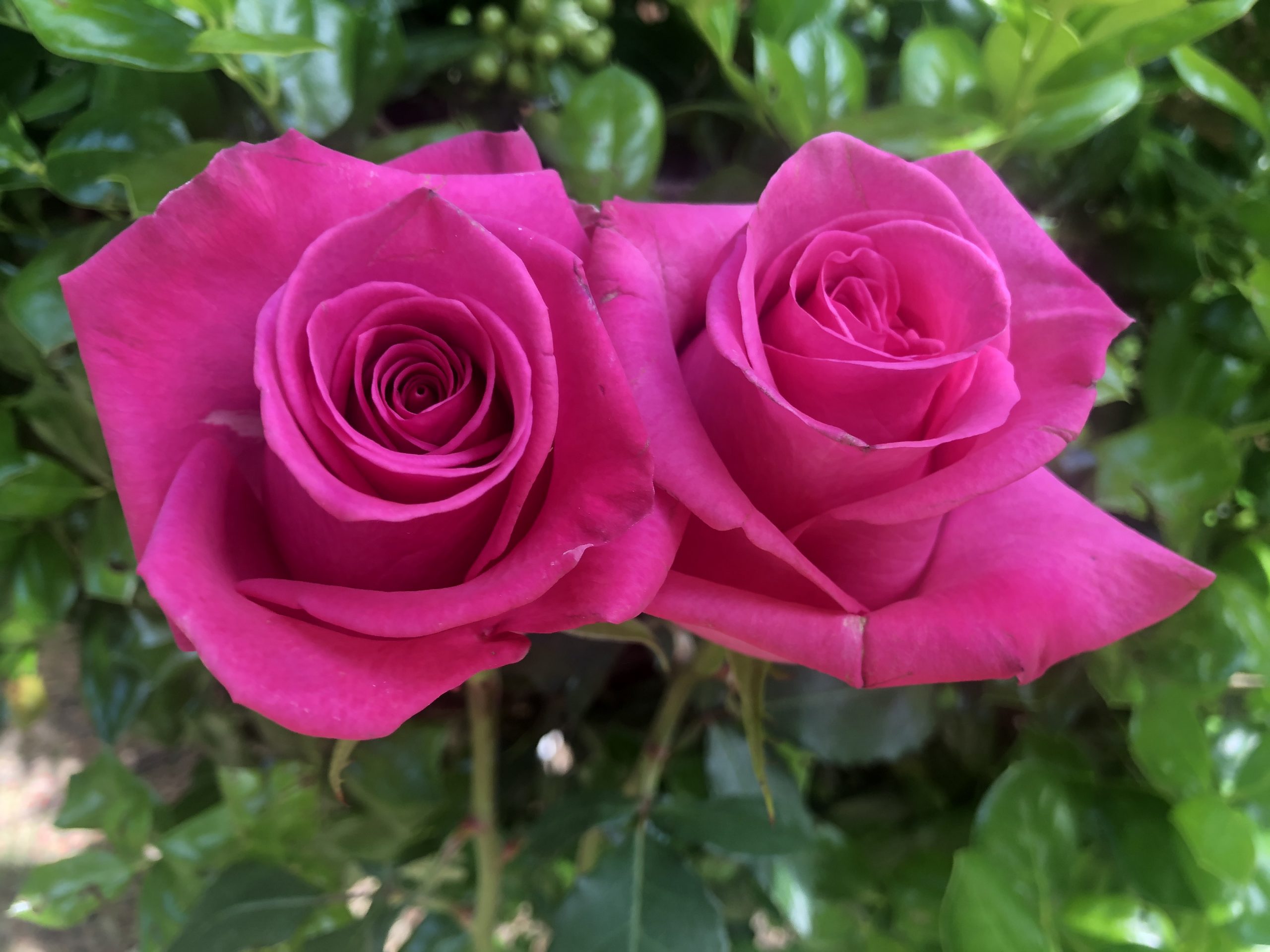
Facts about roses:
Rose bushes are sold in one of two ways; bare-root or container-grown. Bare root bushes are dormant and may even look dead in their package, but once they are planted into good soil they will come alive and produce new growth.
When purchasing bare-root roses, inspect the rose bush trunk and branches. All should be intact with no damage. Also look for signs of life, such as buds or leaves, and choose a bush that has a couple of healthy-looking buds or leaves if possible.
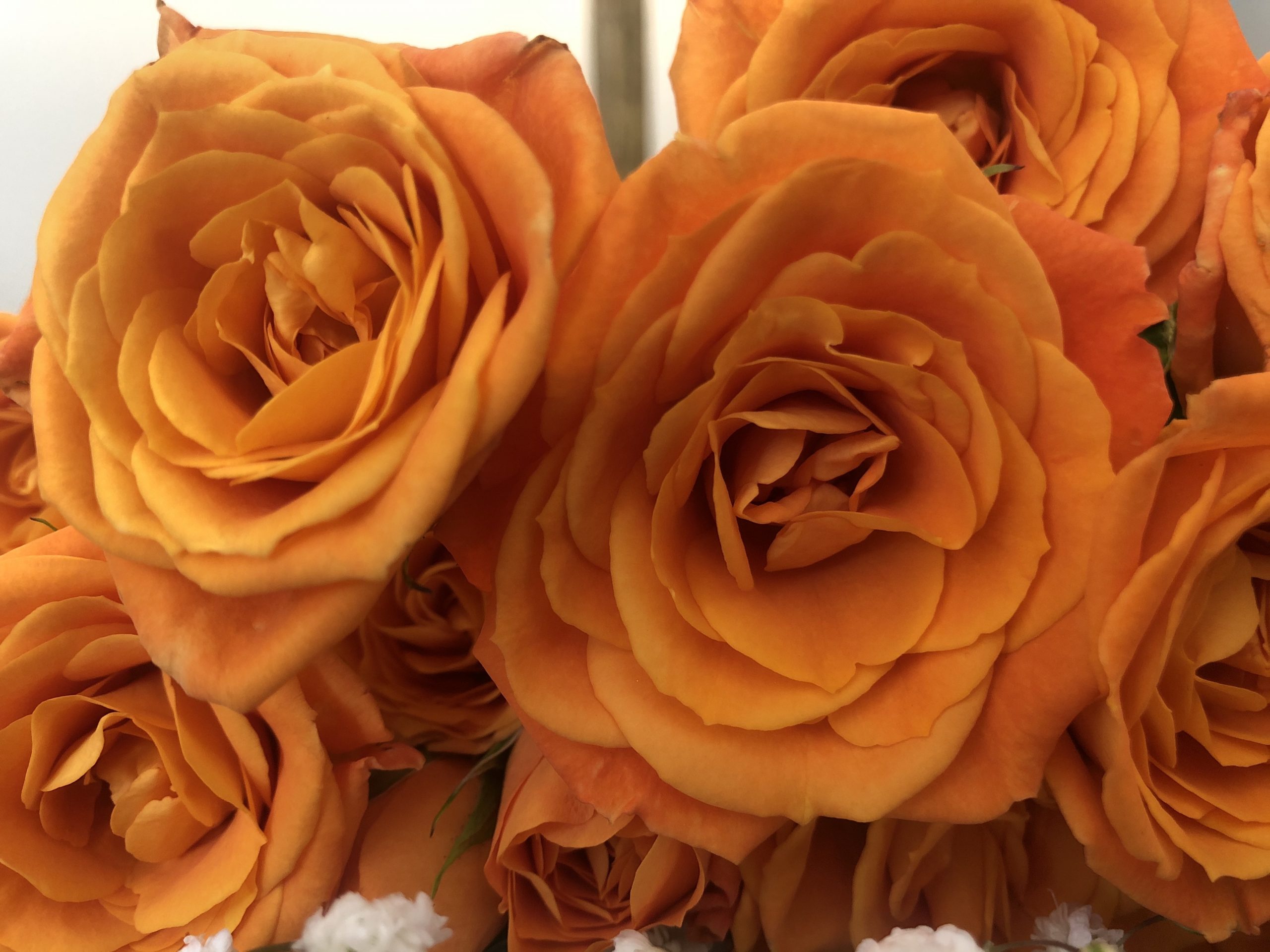
A rose bush already growing in a container gives the gardener instant gratification after planting. Look for a container-grown rose that is fully leafed out. If the container rose is already in bloom, look for a bush that still has some unopened buds to purchase so you won’t have to wait a month or two for another round of rose blooms.
Rose bushes will have an information tag on them describing mature height, bloom size, and other details regarding the particular variety. Read the information tags to choose the rose bush right for your growing space.
Garden Roses:
Plant roses in early spring after all danger of frost is passed. Select a location that receives at least 6-hours of sunshine every day and that has well-draining soil.
Dig a hole twice the size and depth of the bare roots or container. Mix the removed soil with compost to create a 75% soil and 25% compost growing medium and back-fill planting hole half-way with the mix.
Add more soil mix or remove some to adjust the planting depth of a container-grown rose it will be at the same depth as it was in the container. Fill in around the roses’ roots with soil mix, gently pat into place, and water thoroughly.
When planting bare-root roses form a cone-shaped mound of soil/compost mix in the center of the planting hole and spread the roots gently down the cone before back-filling the planting hole. Gently pat the down to remove any air pockets and water thoroughly.
Add two inches of organic mulch, like straw, around the base of the rose to help retain soil moisture. Don’t allow mulch to touch the stem of the bush.
During the growing season, roses are always hungry and thirsty, however, newly planted roses should not be fed for the first month after planting. This will allow the roots time to become established in their new home.
How to preserve roses:
After the first month feed new roses once a month during the active growing season. Established roses should be fed in early spring when buds first begin to swell. Stop feeding the bush in late summer so it will stop growing and go into the dormant stage for winter.
Water roses deeply once a week. Deep watering will promote deep root growth and enable the bush to find moisture during the hot, dry days of summer. Roses may need watering twice a week during times of prolonged drought.
Dead-head the bush and keep it looking neat by removing all blooms when they begin to fade. Snipping off the faded roses stimulates new bush growth and bloom production. Prune roses in early spring while it’s still dormant. Prune of any branches that are criss-crossed, deformed, and/or diseased, then give the bush a light over-all pruning to keep it shaped nicely.
Make the pruning cuts at a right angle just above a leaf bud on the stem.

Rose hips:
Rose hips are the fruit of the bush and appear towards the end of the blooming season. In late summer small green pods form on the ends of the stems and they will turn reddish-orange, yellow, or black as they ripen.
Rose hips are rich in vitamin C, D, and E, contain essential fatty acids. These delicious berries from certain varieties of bushes, like the dog rose, contain more antioxidants than blueberries or strawberries. Many vitamin and herbal supplements contain rose hips because of the health benefits these little berries offer. Rose hips are also used to make tea, jam, jelly, pies, oil, and bread.
Not only are rose hips good for human consumption, but they also provide colorful interest to the bushes during winter. The colorful rose hips are very visible on bare branches of a dormant rose and will attract a variety of birds to your landscape.
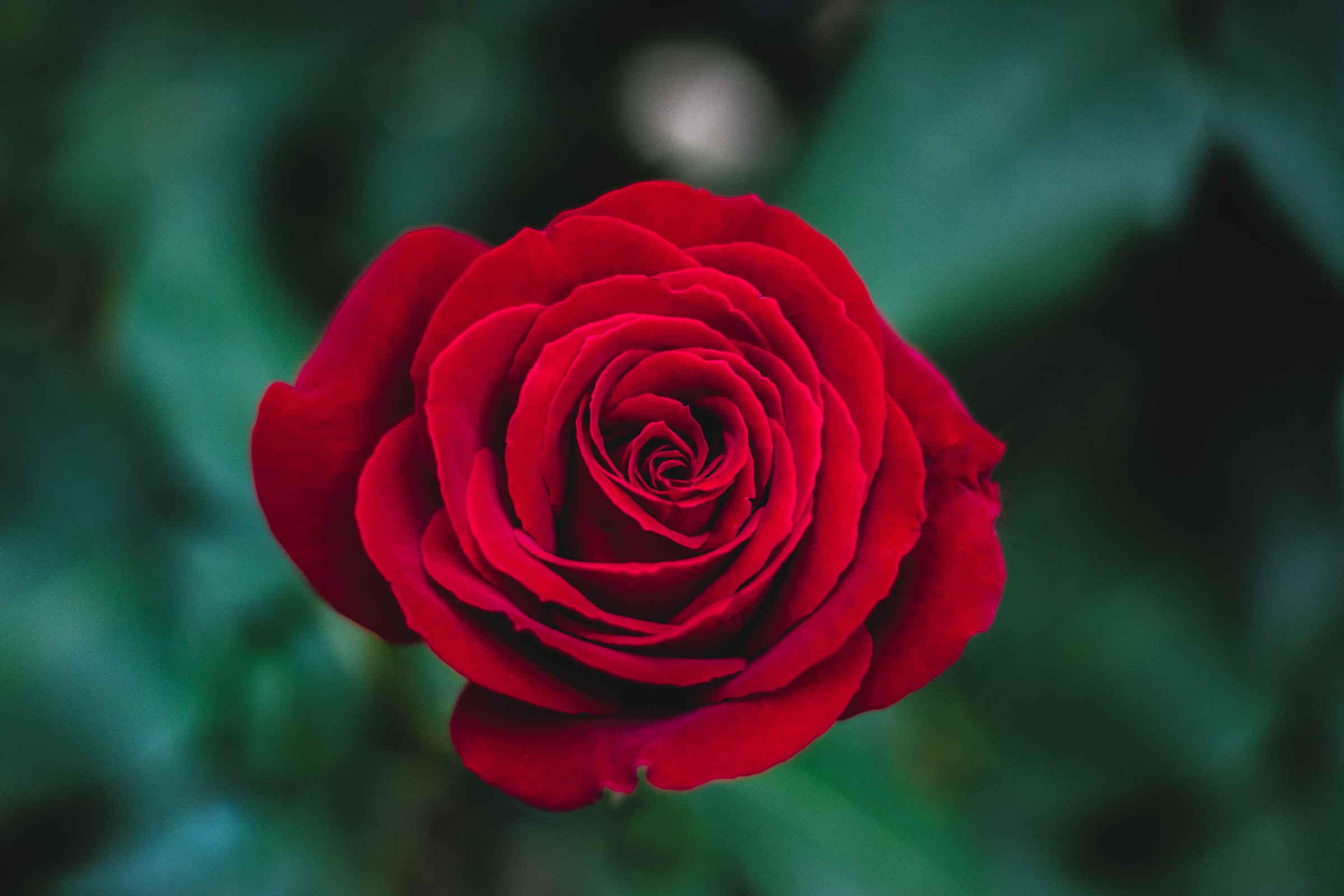
Only allow the rose hips to develop on the bush if you plan to harvest them or use them as bird food. Since the berries don’t show up until the end of the growing season when the rose is ready to go to sleep for the winter, ripening the berries will drain energy from the bush.
This energy drain can be counter-acted by removing half of the rose hip when they first develop and allow the other half to ripen. Follow this with a heavy feeding in early spring as soon as the ground has thawed.
What we love from Amazon this week
Buy these wonderful flowers directly from Amazon:










